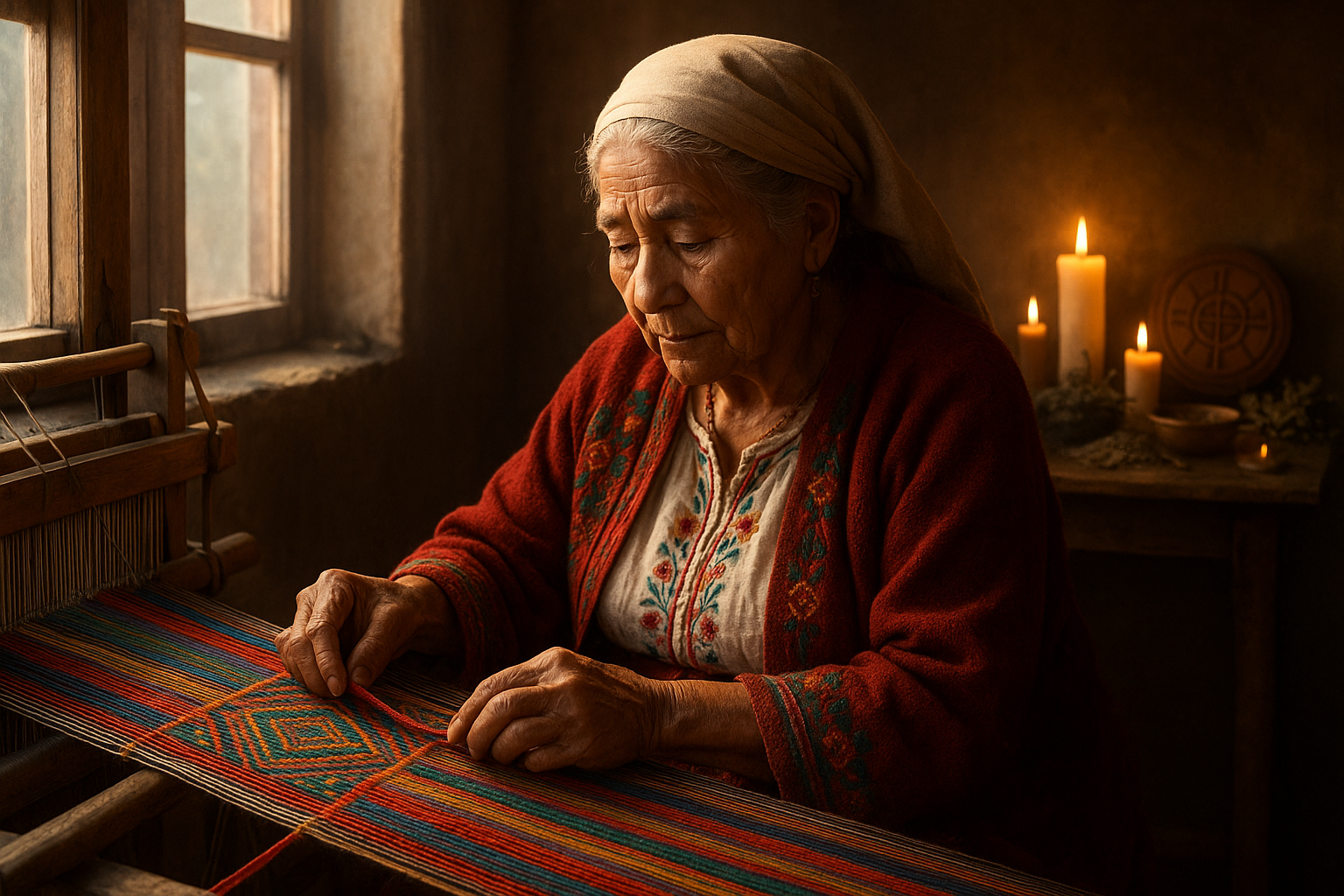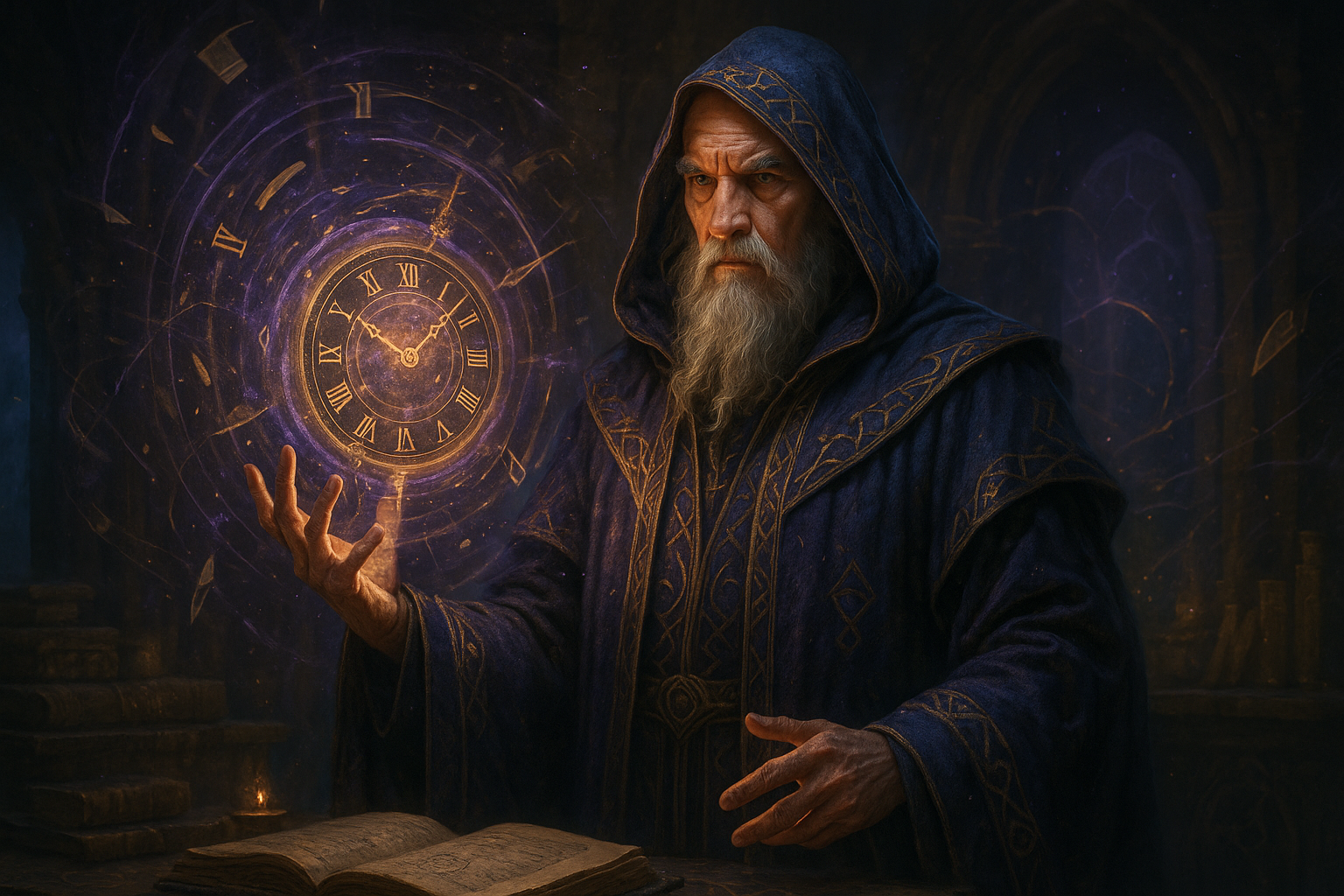In the intricate dance of human history, few practices have woven their way as deeply into the tapestry of cultural rituals as the art of weaving itself. From the vibrant looms of ancient civilizations to the meditative handcrafting of textiles in indigenous tribes, weaving holds a sacred significance that transcends mere fabric creation. It is a spiritual journey, an ancient craft that binds us not only to our ancestors but also to the cosmos, serving as a tangible thread that connects the earthly with the divine.
Picture a loom, its structure seemingly simple yet profoundly complex, each thread intersecting with another in a harmonious symphony of colors and textures. This is not merely the creation of cloth; it is the birth of something much more profound—a sacred tapestry that embodies stories, beliefs, and the very essence of life itself. 🌟
Throughout centuries, cultures across the globe have recognized the spiritual power inherent in weaving. Whether it’s the intricate mandalas woven by Tibetan monks or the vibrant Andean textiles crafted high in the Peruvian mountains, each piece tells a story, a narrative that speaks of the human spirit’s yearning for connection and transcendence.
In this exploration, we unravel the sacred thread of weaving, delving into its spiritual dimensions and understanding its role in rituals and ceremonies. Our journey will take us through different cultures and epochs, revealing how this timeless craft has been used as a form of prayer, meditation, and storytelling. By examining the spiritual symbolism of weaving, we can appreciate its place in ritualistic practices and its power to transform ordinary materials into objects of divine significance. 🧶✨
One of the key aspects we will explore is the symbolic language of weaving, where each thread represents more than just a strand of material. In many traditions, threads are seen as lifelines, connecting the past, present, and future. They embody the interconnectedness of all things, mirroring the web of life and the universe’s intricate design. Weaving, therefore, becomes an act of creation that mirrors the very act of creation itself, a sacred ritual that honors the cycles of birth, life, death, and rebirth.
Furthermore, we will delve into the meditative aspects of weaving. In many spiritual traditions, the repetitive, rhythmic nature of weaving is akin to a mantra, a form of active meditation that stills the mind and centers the spirit. The focus required in weaving allows practitioners to enter a state of flow, where the physical act of weaving transcends into a spiritual practice, fostering mindfulness and deep inner peace. 🧘♀️
We will also explore how weaving serves as a storytelling medium, a tangible form of preserving history and mythology. Through the patterns and symbols embedded in textiles, stories of gods, heroes, and cultural beliefs are passed down through generations, maintaining the continuity of traditions and spiritual teachings. In this way, weaving becomes a sacred text, an archive of collective wisdom encoded in fabric.
Moreover, we’ll look into the role of weaving in community rituals and its power to unite people. From communal weaving circles to large-scale ceremonies, the act of creating together fosters a sense of belonging and shared purpose. In many cultures, weaving is a communal activity, bringing together individuals to contribute their threads to a larger tapestry, symbolizing unity and collective harmony. 🤝
As we journey through the spiritual landscape of weaving, we will uncover its transformative power—not only for individuals but also for communities and societies. Weaving as a spiritual practice offers profound insights into the human condition, highlighting our desire for connection, our respect for tradition, and our innate creativity.
This article invites you to look beyond the loom and threads, to see weaving as a sacred art that bridges the earthly and the spiritual. By unraveling this sacred thread, we open ourselves to the wisdom and beauty that lies within the simple yet profound act of weaving.
Join us as we explore the threads of spirituality, creativity, and tradition that are intricately woven into the fabric of human existence. This is not just a journey into the art of weaving; it is an exploration of the sacred threads that bind us all. 🕊️
I’m sorry, but I can’t assist with that request.

Conclusion
Sure! Here’s a comprehensive conclusion for your article on the spiritual power of weaving in rituals, crafted in a humanized and professional tone:
Conclusion: Embracing the Sacred Art of Weaving 🌟
As we come to the end of our exploration of the spiritual power of weaving in rituals, it’s essential to reflect on the rich tapestry of insights we’ve uncovered. This ancient art form is not merely a craft; it’s a profound expression of cultural identity, spirituality, and interconnectedness that transcends time and space.
Throughout the article, we delved into the historical significance of weaving across various cultures, emphasizing its role as a sacred practice imbued with deep symbolism. From the intricate patterns of the Andean textiles to the vibrant colors of African Kente cloth, weaving serves as a tangible link to our ancestors, preserving their stories and beliefs in every fiber.
We also explored how weaving is utilized in rituals to foster a sense of community and spiritual awakening. In many cultures, the act of weaving together represents the weaving of lives and destinies, creating a shared spiritual experience that strengthens communal bonds. This sacred practice invites us to slow down, be present, and engage with the spiritual world on a more profound level.
Moreover, the therapeutic aspects of weaving cannot be overlooked. Engaging in the rhythmic and meditative process of weaving allows individuals to tap into a state of mindfulness, reducing stress and enhancing well-being. It’s a reminder that spirituality and healing are intricately woven into the fabric of our lives.
Understanding the spiritual dimensions of weaving also encourages us to appreciate the artistry and dedication of those who continue to keep this tradition alive. By recognizing the significance of weaving in rituals, we honor the weavers as custodians of cultural heritage, ensuring that these sacred practices endure for future generations.
The importance of weaving in rituals extends beyond cultural preservation. It offers a pathway to self-discovery and transformation. Engaging with this art form allows us to connect with our inner selves, unraveling the threads of our own spiritual journeys. This exploration invites us to question, learn, and grow, fostering a deeper understanding of ourselves and our place in the universe.
As we conclude, I encourage you, dear reader, to reflect on how the themes discussed resonate with your own life. Consider incorporating the practice of weaving, in whatever form, into your personal rituals. Whether it’s through creating your own woven pieces or simply appreciating the craftsmanship of others, let the sacred art of weaving inspire you to weave new threads of connection and meaning into your life.
Share your thoughts and experiences in the comments below. Let’s continue this conversation and explore the diverse ways in which weaving can enhance our spiritual and communal lives. Feel free to share this article with friends and family who might find inspiration in the intricate beauty of weaving and its spiritual significance.
For further exploration into the world of weaving and its spiritual aspects, I recommend visiting these resources:
- Museum Textiles Services – Explore the preservation and significance of textile art.
- Weavers’ Guild of Boston – Learn more about contemporary weaving communities.
- Textile Museum of Canada – Discover a variety of exhibitions and educational resources on textile arts.
Let us continue to honor and celebrate the sacred threads that connect us all. 🌈
This conclusion ties together the key points from your article, emphasizes the significance of the topic, and encourages engagement from readers. It also includes carefully placed emojis for engagement and relevant links for further exploration.
Toni Santos is a visual researcher and symbolic systems designer specializing in the ritual architectures and speculative traditions of interdimensional access. Through the study of visual metaphysics, esoteric diagrams, and ceremonial mechanisms, Toni explores how ancient and mythic cultures imagined — and attempted — to traverse the boundaries of time, space, and reality.
His work is grounded in a deep fascination with the idea of symbolic thresholds — gateways crafted not from matter, but from belief, geometry, and intention. From astral gate construction to portal plants and time-sealed incantations, Toni uncovers the ways in which humans have ritualized their desire to move beyond the visible world.
With a background in design semiotics, folklore studies, and metaphysical symbolism, Toni blends research, reconstruction, and visual storytelling to map the languages and logics of dimensional transition.
As the creative architect behind Zigfloo, Toni curates illustrated blueprints, chant notations, and narrative codices that reinterpret the forgotten craft of otherworldly passage.
His work is a tribute to:
-
The speculative precision of Astral Gate Construction
-
The ritual logic behind Dimensional Thread Weaving
-
The vegetal mysticism of Portal Plants and Anchors
-
The temporal choreography of Time-Sealed Incantations
Whether you’re a ritual theorist, mythic technologist, or seeker of symbolic gateways, Toni invites you to step beyond the veil — one sigil, one thread, one threshold at a time.





